Forum Replies Created
-
AuthorReplies
-
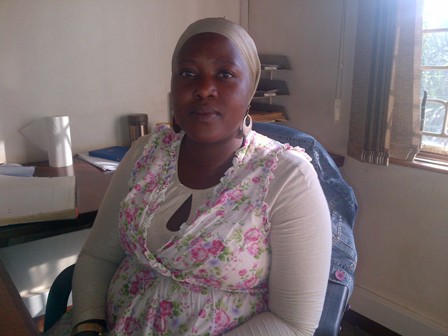 Jauhara NanyondoMember
Jauhara NanyondoMemberThe experience of working with a blue print was exciting! the blue print is a tool that after completion you realise that you have tackled all that there is in the GPP book.During the course the blue print was hard to tackle but as we concluded after going through all lesson, it became lighter to fill the blueprint.All earlier lessons fill in the blueprint and it looks at real planned activities for implementation for a clinical trial which work we have been doing at the site. The GPP print, I must say is a brilliant idea.
There is section where we worked on the stakeholder’s grid, this help me to appreciate the value of categorizing the stakeholders so that we can work with them better.
The course has re-emphasized much of the my GPP knowledge and how to work with stakeholders better in a more focused manner.
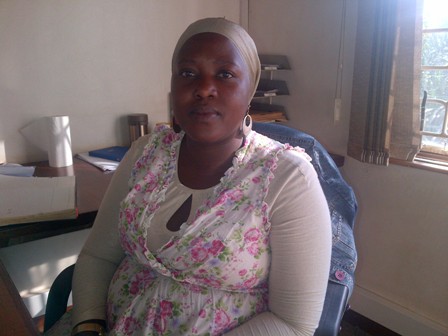 Jauhara NanyondoMember
Jauhara NanyondoMemberCan the management team of course think of changing the time for which the course is scheduled in the year so that it doesn’t get to Dec. of any calender year. My argument is based on the fact that Dec. is quite a busy month for almost all programs. Probably that is why our team was not able to finish within the stipulated period of time.
Food for thought.
Jauhara
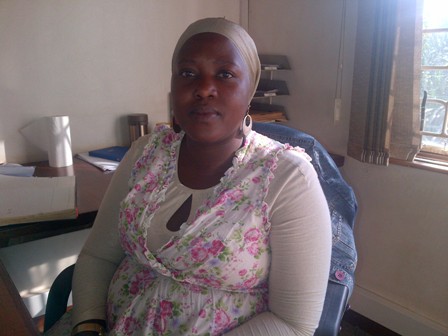 Jauhara NanyondoMember
Jauhara NanyondoMemberI have used the “Action Media method” while engaging stakeholders in developing messages for their communities. With this methodology you engage the target group i a discussion that involves lot of probing, discussion and eventually the team comes up with an agreed upon message. This method promotes ownership and better understanding of community issues.
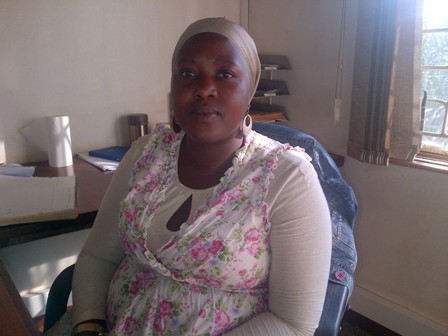 Jauhara NanyondoMember
Jauhara NanyondoMemberPatchara in the phase four we still need the GPP guidlines, like Jessica has said it is quite challenging on how to engage the stakeholders at this level. However what we must know that at this level the number of key stakeholders has increased. Governments at this level should be involved because implications related to policy issues are mostly likely required at this level.
Discussions regarding the provision of the approved medical product are at this level, debates regarding the cost effectiveness and uptake are hers. Advocacy at this level is increased to increase buy-in of important stakeholders.
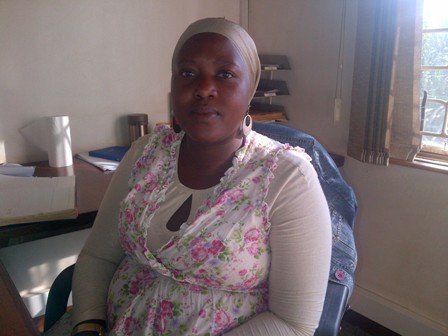 Jauhara NanyondoMember
Jauhara NanyondoMemberHi Jessica,
Stakeholder Community of Practice is a very exciting platform, but unfortunately some of us are limited by the IT policies of our institutions. The plate form is view as a social network, and the policy at my work place restricts that. One would give a phone as an option, however in developing countries internet data is quite expensive.
We would really want to be part of the discussions but we are limited by the social -structural factors.
Jauhara- Uganda
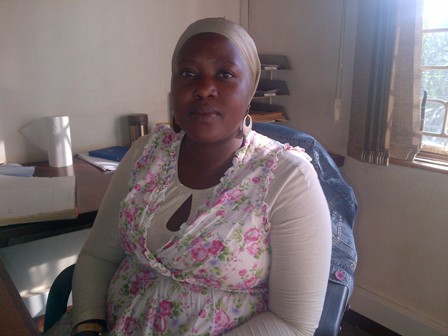 Jauhara NanyondoMember
Jauhara NanyondoMemberI agree with Rona, it is important to have systems to check the consistence of the message or communication to stakeholders, accuracy of the message and the timing of delivering of the message. These are very key to stakeholders in information sharing process.
Laura you highlighted very interesting challenges during the dissemination process on the side of the stakeholders, however what I have to advise is to have the scientist share simplified results so that the common person in the community is able to grasp the information for impact.
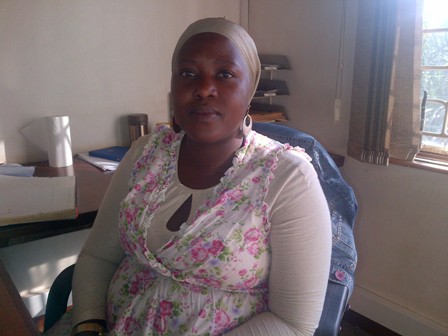 Jauhara NanyondoMember
Jauhara NanyondoMemberThe broader efficacy trials inform of demonstration projects are usually requested by regulators before licencing the project. Our community would really want to take up the scale up but most likely will be affected by the limited resources that are allocated for the health sector. Our budget costing is very poor that most of the health services in the country are supported by development partners.Therefore this might require a lot of re- organisation inform of allocation of resources both financial and human to facilitate the move to to scaling up of the process.There is need to build a strong base for product acceptability.This will require engagement efforts to create a base of supporters and advocates for eventual uptake of the product.
At this level the policy makers are very important in this stage so that they influence the policy process towards implementation of the new product.
We have shared results with stakeholders before, it is a good experience and every time it is done you learn a how to do it better the next time you have the opportunity. However it is important to note that a site needs to have a dissemination plan to facilitate its stakeholder engagements. When the results are ready it is a primary responsibility of the Principal Investigator to inform the key stakeholders about the results of the completed research.
Arrangements are done, to include the information that is planed to be shared by the stakeholders and this information is reviewed before it is shared to the public.All stakeholders who were engaged at the start of the study should be engaged at this stage of results dissemination. Appropriate messages are developed, approved and eventually shared with the different audiences.It is critical that information is first shared with the study participants so they don’t get to hear about it from other sources other than he research team.
During the dissemination a team should be identified to handle the communication and should be lead by the PI.This helps to avoid giving uncoordinated information to stakeholders.
Our site has not been involved in sharing large trial results, but with the experience drawn from the phase one / two trials we can ably share the large trial results.
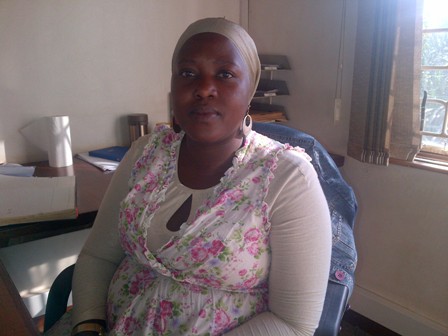 Jauhara NanyondoMember
Jauhara NanyondoMemberThe modules were very well done, thank you team for the good job well done!
This was developed in a way that the trainee is exposed to the GPP book, for me who had read the book very well, realized that the course give the opportunity to interact with the whole book.
The lay out, visual aids, case scenarios, and examples were matching the topics and the content very well.
Lesson ten instructions about the components of the research to roll out process are some how confusing.
The knowledge check bit was very well done, it summarized the module content very well.
Uploading was okay in the beginning, when we got at module 6,7, 8 it was somehow disturbing, and ended up sending it as email attachment.
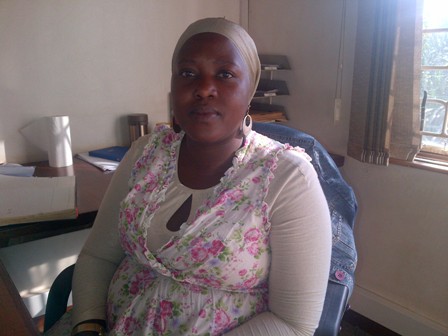 Jauhara NanyondoMember
Jauhara NanyondoMemberI agree to leader’s submission, in our country when it comes to provision of HIV prevention services to MSM, little is heard from the civil society. Yet it is at this point that their submission is much required.
Jessica talked about the training of the law enforcement teams, in the effort to reduce the social harms I agree to submission. For example in Namibia, when the health workers are going out to provide HIV prevention services to the Key populations they move with police in this effort.
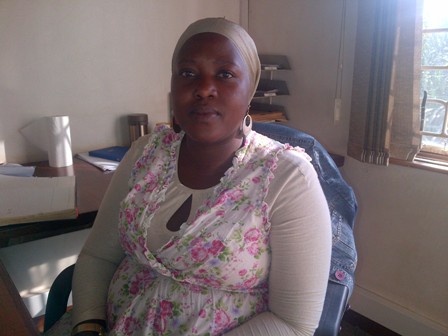 Jauhara NanyondoMember
Jauhara NanyondoMemberI agree with Laura, being innovative is very key while engaging with stakeholders, it is not true that you can only engage stakeholders with a budget.You can actually tap into the community resources and structures to move forward you engagement efforts.
For example if one is going to hold a health community session, instead of hiring a hall to have this done, one can use the community town hall, which is in most cases free for community activities that benefit that society.
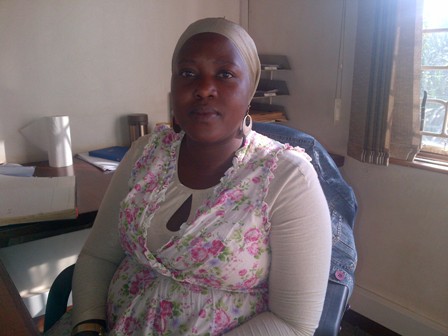 Jauhara NanyondoMember
Jauhara NanyondoMember1. Team, I believe that engagement efforts in the community have strong positive impact on participants experience in the trial. These efforts provide a sense in the minds of the community people that the out come of the trial is their direct contribution that they have worked towards and their fore share the benefits/achievement with the researchers.
Engagement efforts increase broad trust and buy-in the research programs by the participant and this directly impacts on the participant’s adherence to study visits. Participants get the feeling that they are secure and therefore trust the research team and they able to share with the research team any of their concerns as soon as they arise while on the study.
Prior and during the study we continue engaging with the research community about what is entailed in the study, who can participant in the study, what is done while on the study.So all this information is known by the community. So one time one of the community members who was ineligible to join the study developed an allegation our study draws much blood that leads to fainting and hospitalization. Rumor moved around the community, one participant whop is on the study called us and told us that we needed to come to the clinic to clear the rumor that is spreading like wild fire against the study.
2. CAPRISA’s comprehensive approach contributed to their success and network of relationships in such a way that it conducted targeted outreaches to educated about the trial, learn about cultural factors that might affect the trial.In addition the CAPRISA team went beyond the trial related community engagements and responded to community needs such as contributing to the development of community schools. As this point the research community appreciates the research agenda on table.
3. Joining the communities to commemorate HIV related days, supporting community based organisations that provide HIV related services, continued health education in the community, conducting community health dialogue with community members and supporting linkages to other service providers. At this level our influence is still felt and maintained in the community.
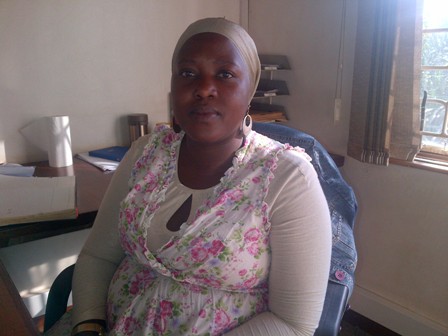 Jauhara NanyondoMember
Jauhara NanyondoMemberAs a general way of tracking what happens to participants lives even after the clinic visit we advise them to contact us at anytime if they really need to help from us.
Also continuous health education during the clinic visits and continuous informed consent process through the study period. This whole process empowers participants with knowledge about the study and they can be supported while on study.
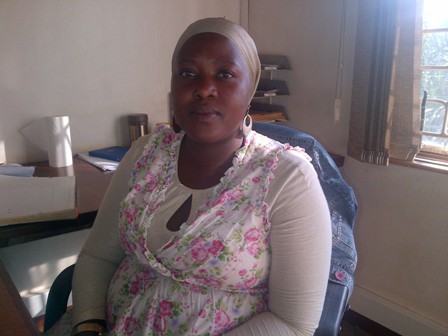 Jauhara NanyondoMember
Jauhara NanyondoMemberDear all,
For our vaccine trials, I agree with Rona, we have had our participants test outside the research clinic and informed that they are HIV positive.This happened shortly after he had a clinic review visit in which we had told her that she was negative. She had just joined a new relationship and both needed to test together. Her HIV results came out positive yet her partners results were negative.There was a bitter talk, the lady tried to explain to the man that she was participating a clinical trial. At this point the man did not fully accept what she was saying because he had hardly heard about this scientific research.
This lady raised the issue to her research clinic counselor, who eventually shared it with the PI, for solutions. The study participant was advised to come to the clinic, the research nurse talked to her about the false positive result and why it may have happened and then advised to test from the research clinic.She requested whether she could bring in her partner to the research team to help him understand the science. We accepted and the partner was support well with the required information and eventually they went away happy.
The scenario above if not well handled can led to serious social harm.
Currently most of the trials require semen collection, and to some participants may get addicted to the practice that they initially did not have before joining the trial.
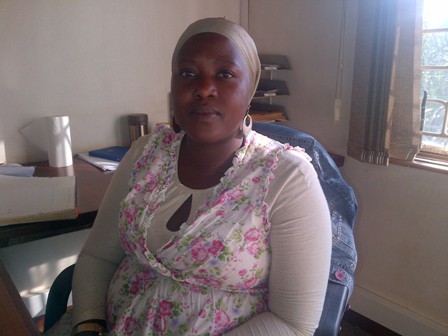 Jauhara NanyondoMember
Jauhara NanyondoMemberFor research, the researchers have to engage the government prior to protocol implementation, all government agencies that are law enforcers, makers so that they support and appreciate the need for research within these existing groups that are hard to reach in terms of HIV prevention and care. The issue of policy in relation to the HIV prevention regarding the key population is tricky. The policy makers should understand the drivers of the epidemic and work within its walls.
With this understanding, eventually the police will not interrupt the study activity by arresting the study participants. That is my thinking!
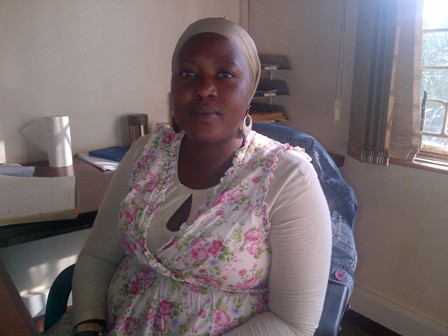 Jauhara NanyondoMember
Jauhara NanyondoMemberDear all,
I love and buy-in in everyone’s contribution towards engaging stakeholders at all times and at all stages of the research cycle. As community advocates we should support the scientific researchers to appreciate the need for stakeholders engagement.
-
AuthorReplies


